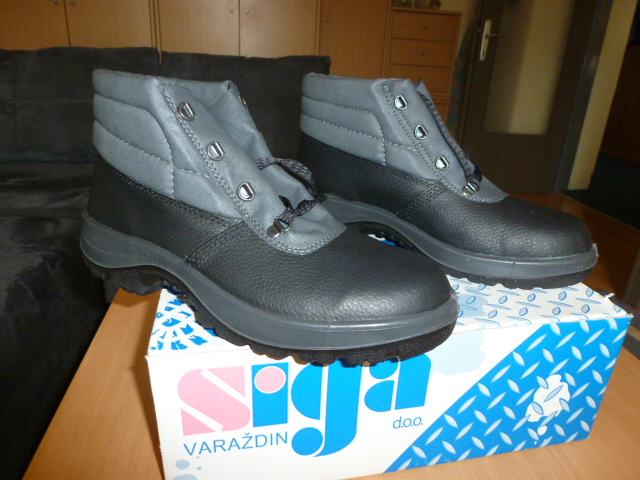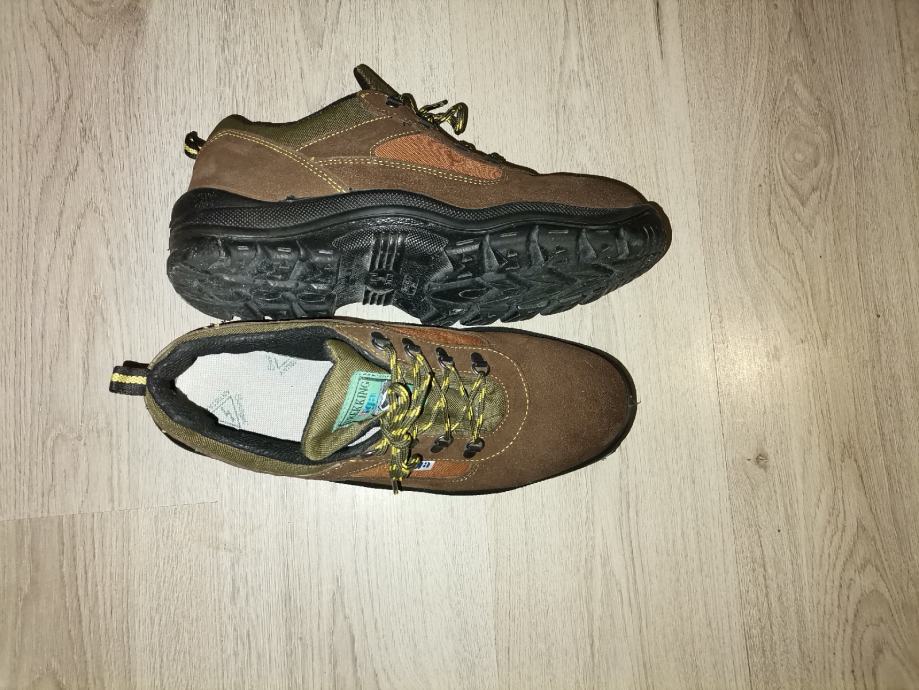
Muške Zimske čizme Li Ning kupiti YourSeason / ženske Vintage cipele Od prave kože munje; sezona Proljeće-zima; Ženska Casual cipele i Ručne izrade u suzdržan stilu Na platformi s okruglim vrhom /

Običaj Kape Tipki kupiti 2019 Хлопковая obuća Ženska Zimska topla Plus baršunasti krzno je Jedna ženska obuća Generacija ženskih cipela Siga Plus baršun kratke čizme ZB / Ženske čizme - www.faberlic-hrvatska.com.hr

NEO RUKAVICE | Albo - Zaštitna i radna odeća - Zaštitna obuća - Sertifikovani proizvodi - Lična zaštitna oprema - Zaštita glave i tela
















